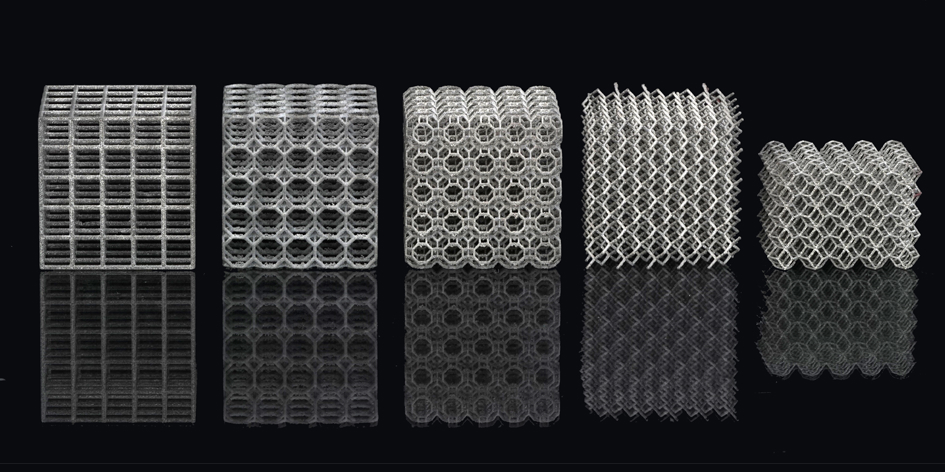

Most optical metamaterials consist of metallic nanostructure arrays sitting on rigid substrates. 4 describes common fabrication methods for soft optical metamaterials. Section 3 discusses the use of electrical, optical, thermal and mechanical stimuli to reconfigure the optical properties of soft optical metamaterials. Section 2 categorizes optical metamaterials based on their soft material constituents, including liquid crystals, fluids, polymers, and biomaterials. Here, we review the properties, fabrication methods, and potential applications of different types of soft metamaterials in the optical frequency regime. Their exotic mechanical properties were also attained either by integrating soft matters with metamaterial elements or the metamaterials were designed to deform with external stimuli. In addition, many soft mechanical metamaterials have also been demonstrated. Soft matters have also been applied in other frequency range, such as infrared, acoustic, ultrasonic, microwave, and THz frequencies. Soft optical metamaterials offer cost-effective and versatile opportunities in sensing and dynamic control of optical properties. Processing methods of many soft optical metamaterials are simple, low-cost and scalable. Analogous to soft materials, the properties of soft optical metamaterials are usually adaptive to the environment, and can be easily reconfigured via optical, electrical, thermal or mechanical stimuli. By integrating soft matters within metamaterials or designing globally deformable metamaterials, the flexibility of optical metamaterials are significantly improved. The concept of soft materials can be extended to optical metamaterials. Soft materials offer great opportunities to construct optical metamaterials due to their unique light-matter interaction phenomena. making a metafluid) is often simpler than fabricating a complex rigid metamaterial structure, which typically involve top-down, or high-temperature fabrication techniques. Moreover, soft materials have several advantages: (i) Properties of soft materials can be easily tuned by external stimuli (ii) Soft materials are usually low-cost in terms of both raw materials and processing techniques (iii) Processing of soft materials (e.g. Traditional soft materials include polymers, colloidal dispersions, fluids, and liquid crystals, which are specifically suitable for flexible optoelectronics, biophotonics, and applications in aqueous and biological environments.

The complexity arises from the complex physics behind them, while the flexibility indicates that a mild change in a soft material can lead to a dramatic response. It is well accepted that soft materials possess two significant features of complexity and flexibility. These issues can be addressed by the incorporation of soft materials, or the sophisticated design of metamaterials that are globally deformable. Besides, they are generally not compatible with biological environments, hindering their potential applications. However, the applications of conventional metamaterials are often limited due to their rigid constituent materials, which usually lack flexibility and tuning capability. Over the last two decades, optical metamaterials have enabled possibilities of invisibility cloaking, super-resolution imaging, and efficient energy harvesting. These artificial structures can induce electric or magnetic coupling, leading to exotic properties such as negative refractive index, perfect absorption, and hyperbolic dispersion. Structures such as split ring resonators (SRRs), sub-wavelength wires, and fishnets can manipulate electromagnetic waves at optical frequencies. Metamaterials consist of artificially engineered sub-wavelength structures that exhibit novel properties.


 0 kommentar(er)
0 kommentar(er)
